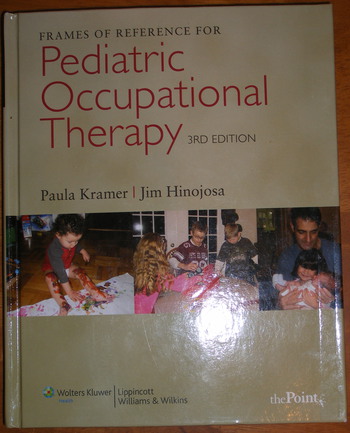During my level II Fieldwork I incorporated the Dynamic Theory into my intervention planning with a client. I learned about the Dynamic Theory in a book called “Pediatric Occupational Therapy,” research by (Kramer & Hinojosa, 2010). Intervention guidelines within the dynamic theory include positive reinforcement, which is used to help make desired behavior become more automatic. Encouragement and praise are used to develop skill. I included these guidelines during my intervention sessions with the student I used for my case study. Mastery of skills allows the child the generalize the skill. Dynamic Theory is a part of the visual perceptual framework too. It incorporates the visual-perceptual deficits of a child and includes the child’s environment when considering the intervention plan. Allow me to use an example activity from my case study: drawing a heart. The complexity of the activity increased as it went on. First, I had him trace a heart; then, I had him draw a heart by connecting broken lines; then, he I had him draw a missing half of the picture to complete it. He referred to a model for each phase of the activity. During the activity I was very encouraging, included positive reinforcement for close approximations of desired skill (visual perceptual skill), and graded the activity appropriately.
This theory helped me to provide the right learning atmosphere, e.g., giving encouragement and praise when he produced close approximations. This strategy was beneficial with this particular child. He responded positively to the praise, especially when his attempts corresponded closely to the model.
References
- Kramer, P., Hinojosa, J. (2010). Frames of reference for pediatric occupational therapy (pp. 362-363). Baltimore, MD: Lippincott Williams & Wilkins.
